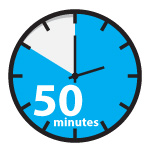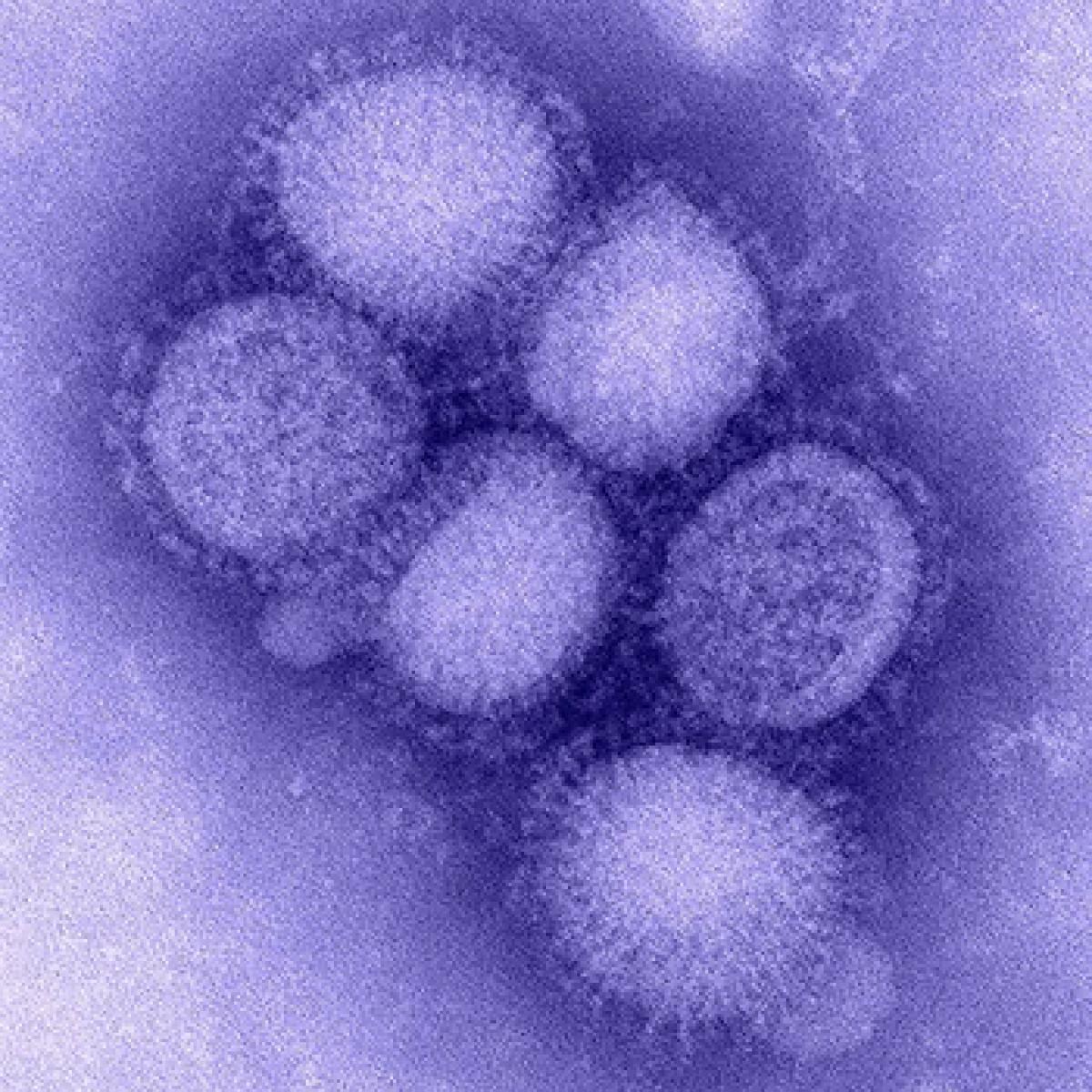
Game to Teach Kids Epidemiology
What's Lurking in Lunch? is a fun way to introduce the fundamentals of epidemiology to a wide range of grade levels. The interactive game challenges players to find the cause of a foodborne illness outbreak. They will need to discover the following: Culprit, Pathogen, Location, and Food.
In order to confirm their suspicions, players will visit the hospital to collect symptom data and eateries to interview employees about their food handling practices. They will also visit a microbiology lab to obtain test results and the Department of Public Health to gather data about food choices and to calculate attack rate.
Recommended Time Frame

Day 1, one 50-minute class period.
Introduce foodborne illness and epidemiology. Ask kids to share personal experiences with both. Research past outbreaks. Review Job Descriptions found in the Player Guide. Review the Culprit Cards, Lab-Test Cards, Food-Attack-Rate Cards, Medical Files, Game Board, Microbe Reference Manual, Glossary, Outbreak Notepad, and Student Handbook.
Days 2 and 3, two 50-minute class periods.
This assumes that it will take 20 minutes to set up and clean up each period with 30 minutes of uninterrupted game play.
Set up for Classroom Play
Preparation is time consuming BUT, once complete, you will have the game for years to come and will only need to set up the different scenarios when you are ready to play.
For a class of 32 students (8 games), expect to spend about 1 hour printing the pages, 1 hour laminating, 3 hours cutting/folding/gluing all of the cards, 1 hour dividing the game up into sets and setting them up in storage boxes, and 1 hour practicing the game before attempting it with students. This is a good project for student aides or volunteers to prepare on a teacher’s behalf.
Arizona Science Standards
Strand 1: Inquiry Process (Grades 3-6; highest grade listed below)
Concept 1: Observations, Questions, and Hypotheses
- PO 1. (5) Formulate a relevant question through observations that can be tested by an investigation.
- PO 2. (6) Formulate questions based on observations that lead to the development of a hypothesis.
Concept 2: Scientific Testing (Investigating and Modeling)
- PO 1. (6) Demonstrate safe behavior and appropriate procedures (e.g., use and care of technology, materials, organisms) in all science inquiry.
- PO 2. (3) Plan a simple investigation based on the formulated questions.
- PO 3. (3) Conduct simple investigations in life, physical, and Earth and space sciences.
- PO 5. (5) Record data in an organized and appropriate format (e.g., t-chart, table, list, written log)
Concept 3: Analysis and Conclusions
- PO 2. (6) Form a logical argument about a correlation between variables or sequence of events.
- PO 3. (5) Evaluate the reasonableness of the outcome of an investigation.
- Strand 4: Life Science (Grade 3)
- Concept 3: Populations of Organisms in an Ecosystem Understand the processes acting on the Earth and their interaction with the Earth systems.
- PO 2. (3) Examine an ecosystem to identify microscopic and macroscopic organisms.
- PO 5. (3) Describe how environmental factors in the ecosystem may affect a member organism's ability to grow, reproduce, and thrive.
Common Core Standards
- RI.6.8: Integrate information presented in different media or formats as well as in words to develop a coherent understanding of a topic or issue.
Next Generation Science Standards
- 3-LS4-3: Construct an argument with evidence that in a particular habitat some organisms can survive well, some survive less well, and some cannot survive at all.
- MS-LS2-2: Construct an explanation that predicts patterns of interactions among organisms across multiple ecosystems.
- MS-LS2-4: Construct an argument supported by empirical evidence that changes to physical or biological components of an ecosystem affect populations.
Read more about: What's Lurking in Lunch?
Bibliographic details:
- Article: For Teachers
- Author(s): Dr. Biology
- Publisher: Arizona State University School of Life Sciences Ask A Biologist
- Site name: ASU - Ask A Biologist
- Date published:
- Date accessed:
- Link: https://askabiologist.asu.edu/whats-lurking-lunch-teachers
APA Style
Dr. Biology. (). For Teachers. ASU - Ask A Biologist. Retrieved from https://askabiologist.asu.edu/whats-lurking-lunch-teachers
Chicago Manual of Style
Dr. Biology. "For Teachers". ASU - Ask A Biologist. . https://askabiologist.asu.edu/whats-lurking-lunch-teachers
Dr. Biology. "For Teachers". ASU - Ask A Biologist. . ASU - Ask A Biologist, Web. https://askabiologist.asu.edu/whats-lurking-lunch-teachers
MLA 2017 Style
Be Part of
Ask A Biologist
By volunteering, or simply sending us feedback on the site. Scientists, teachers, writers, illustrators, and translators are all important to the program. If you are interested in helping with the website we have a Volunteers page to get the process started.


